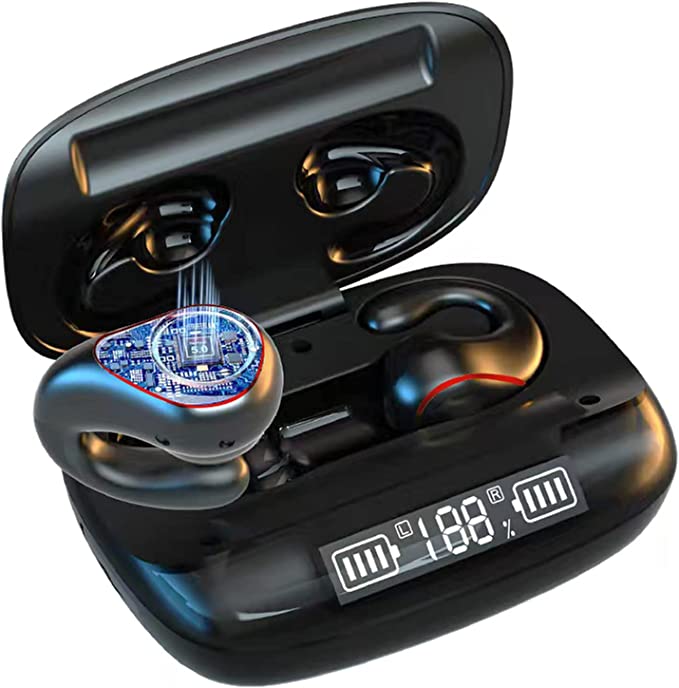EUHOMY IM-18S Countertop Ice Maker: Fast, Portable, and Effortless Ice
Update on Sept. 17, 2025, 12:22 p.m.
Before you can make ice in six minutes, a 19th-century “Ice King” had to ship it from frozen lakes, and physicists had to unlock the secrets of thermodynamics.
In the early 1800s, a Bostonian entrepreneur named Frederic Tudor performed a miracle. He loaded a ship with 80 tons of glistening, crystalline blocks cut from a frozen New England lake and sailed for the Caribbean island of Martinique. To the locals, who had never seen solid water, he was a madman. To the wealthy planters sweltering in the tropical heat, he was a god. Tudor’s audacious venture, initially a financial disaster, eventually made him a fortune and earned him the title of the “Ice King.” His business was built on a simple, brutal premise: to get cold, you had to find it, cut it out, and move it before it disappeared.
For most of human history, this was our relationship with cold. It was a resource to be harvested, a commodity as precious as silk or spice. The idea of manufacturing cold on a hot summer day would have seemed like alchemy.
Yet, sitting on my kitchen counter is a quiet, unassuming box that performs this very magic. It’s a modern countertop ice maker, and in the time it takes to brew a pot of coffee, it will dispense a handful of perfectly formed ice cubes. This leap—from Tudor’s ice-laden ships to an appliance that conjures cold from thin air—isn’t a story about a better freezer. It’s the story of a fundamental shift in our understanding of the universe, a tale of thermodynamics, invisible light, and the beautiful art of engineering trade-offs.

The Great Shift: From Moving Ice to Moving Heat
The core challenge for Tudor and his contemporaries was that heat is relentless. It flows from hot to cold, always seeking equilibrium. An ice block in a warm room is a losing battle against the laws of physics. For centuries, the only strategy was to slow the inevitable with insulation—sawdust, blankets, and deep cellars.
The revolution began with a radical change in perspective, a gift from the burgeoning field of thermodynamics in the 19th century. The insight was this: “cold” is not a thing. It is simply the absence of heat. Therefore, to make something cold, you don’t need to add “coldness.” You need to take heat away.
This flips the problem on its head. The goal is no longer to barricade heat out but to actively pump it out. This is the foundational principle of all modern refrigeration. Every air conditioner, refrigerator, and ice maker is, at its core, a heat pump—a device that uses energy to move thermal energy from a place where it’s not wanted to a place where it can be harmlessly released. It’s like a diligent bouncer at a club, using effort to escort unruly patrons (heat) from inside to the street outside.
But how can you possibly grab something as intangible as heat and move it? You need a special kind of messenger, a substance that can absorb vast amounts of heat, travel with it, and then release it on command.

The Engine of Cold: A Dance of Pressure and Phase
This is where the magic really happens, in a closed-loop ballet called the vapor-compression cycle. It’s an elegant, four-step process that is constantly running inside that countertop box.
First, a special chemical with a very low boiling point, known as a refrigerant, is pumped through a set of hollow metal prongs. As this cold liquid flows, it does something remarkable: it boils. Even in a cool environment, it evaporates into a gas. This phase change, from liquid to gas, requires a tremendous amount of energy, which it greedily absorbs from its immediate surroundings—in this case, the water that has been trickled over the prongs. This energy is called latent heat of vaporization, a kind of hidden tax that must be paid for a substance to change its state. It’s the same reason sweat cools you down on a hot day; the evaporating liquid pulls heat directly from your skin. This is the “heat kidnapping” stage.
Now our refrigerant, having successfully absorbed a payload of heat, is a low-pressure gas. It’s drawn into the heart of the machine: the compressor. This is the only part of the process that requires significant energy, like the 170-watt unit inside a device like the EUHOMY IM-18S. The compressor, as its name implies, squeezes the gas, dramatically increasing its pressure. As anyone who has used a bicycle pump knows, compressing a gas makes it hot. Our refrigerant is now a very hot, high-pressure gas, still carrying all the heat it kidnapped from the water.
Next, this hot gas is routed through a series of coils and fins, where a fan blows ambient air over them. The gas inside the coils is now much hotter than the room, so heat naturally flows out of it and is dissipated into your kitchen. As it loses this heat, the refrigerant condenses back into a high-pressure liquid, its mission of heat-delivery complete.
Finally, this liquid passes through a tiny nozzle called an expansion valve. The sudden, violent drop in pressure causes its temperature to plummet. It becomes an intensely cold, low-pressure liquid, perfectly primed to flow back to the metal prongs and kidnap more heat. This tireless cycle—evaporate, compress, condense, expand—is how the prongs become so cold that ice forms around them in a matter of minutes.
When the ice is thick enough, the machine performs a final, clever trick. It briefly diverts a bit of hot gas from the compressor directly to the prongs, warming them just enough to melt the innermost layer of ice, allowing the finished cubes to slide off and tumble into the basket.

Engineering the Details: From Principle to Product
Mastering the physics is one thing; building a reliable, compact, and affordable device is another. A modern ice maker is a marvel of practical engineering, solving a dozen small problems with elegant solutions.
Consider how it knows when to stop. It doesn’t weigh the ice or use a complex mechanical switch. Instead, it uses a beam of infrared (IR) light. An emitter on one side of the basket shoots a continuous, invisible beam to a detector on the other. As long as the path is clear, the machine keeps making ice. The moment the pile of cubes grows high enough to block the beam, the detector signals the control board to pause the cycle. It’s a simple, solid-state solution that’s both cheap and incredibly reliable. It’s a silent, invisible gatekeeper, doing its job without a single moving part.
This brings us to a common question: if it can get so cold, why isn’t it a freezer? Why does the ice melt if you leave it in the basket? The answer is a beautiful example of an engineering trade-off. To keep the ice frozen would require not just insulation, but active refrigeration of the entire storage basket. This would mean a second cooling system, or a much more complex one, leading to a device that would be bigger, heavier, more expensive, and far less energy-efficient.
The designers made a deliberate choice. They optimized for speed and portability, not long-term storage. The machine’s purpose is to make ice quickly, on demand. Its light insulation just slows the melting, and any water simply drains back into the reservoir to be re-used. It’s a perfect, pragmatic solution designed for its intended use.
The Democratization of Cold
The next time you hear the quiet hum of a compressor and the gentle clatter of ice falling into a basket, take a moment. The journey to that sound started on a frozen lake in 19th-century Massachusetts with a man who dared to sell winter to the tropics. It traveled through the minds of physicists who decoded the subtle laws of heat and energy, and through the workshops of engineers who translated those laws into a symphony of humming parts.
The power to create cold, a luxury once so profound it could build fortunes, has been tamed, miniaturized, and placed on our countertops. It’s a quiet testament to the relentless march of science and ingenuity, a mastery of physics that delivers one of life’s simplest, most sublime pleasures: a perfectly chilled drink on a warm day.







































